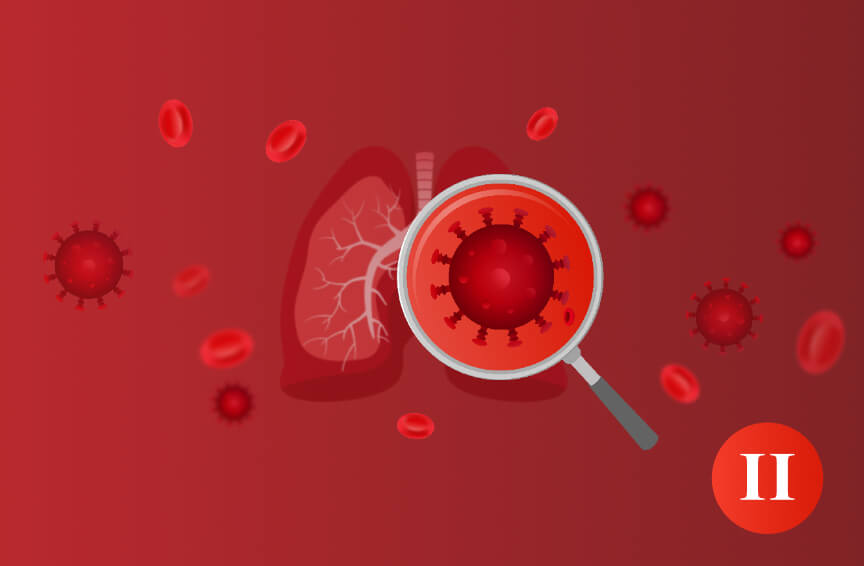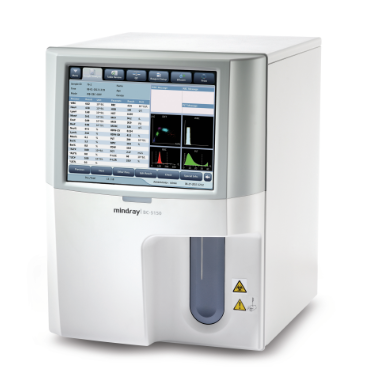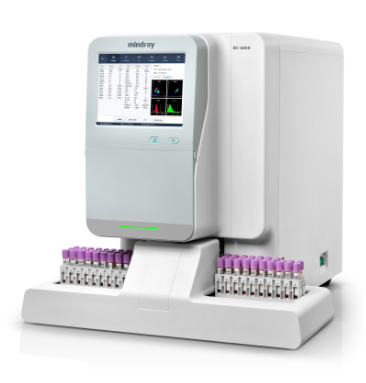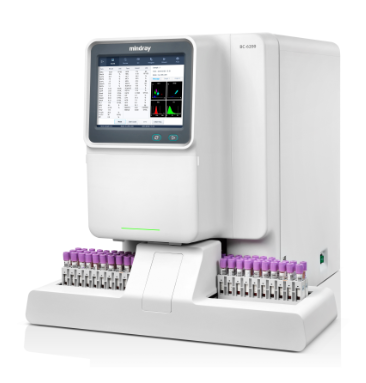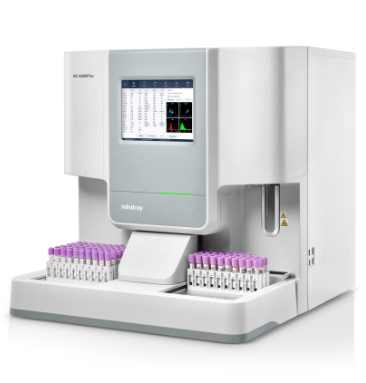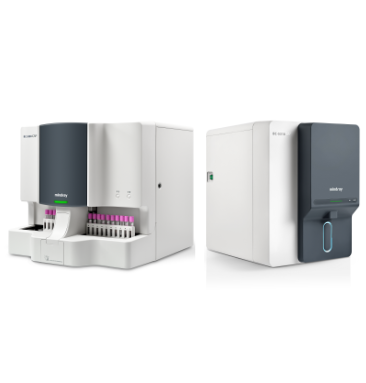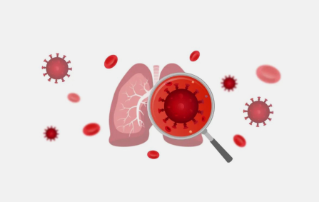The World Health Organization (WHO) has officially declared the outbreak of COVID-19 a pandemic, after the disease caused by the new coronavirus spread to more than 100 countries. According to live update by Johns Hopkins University, the outbreak has infected more than 156,000 people and killed more than 5,800 globally as of March 15. [1]
Though most confirmed coronavirus cases are moderate, there can be rapid deterioration for severe patients who will suffer respiratory failure, septic shock or multiple organ dysfunction, threating life. WHO officials estimate that the global death rate for COVID-19 cases stands at around 3.4%. [1] Early identification of indicators distinguishing severe patients from moderate ones can facilitate faster medical interventions such as intensive care for the critically ill, thus lowering the mortality rate and optimizing use of the extremely strained medical recourses.
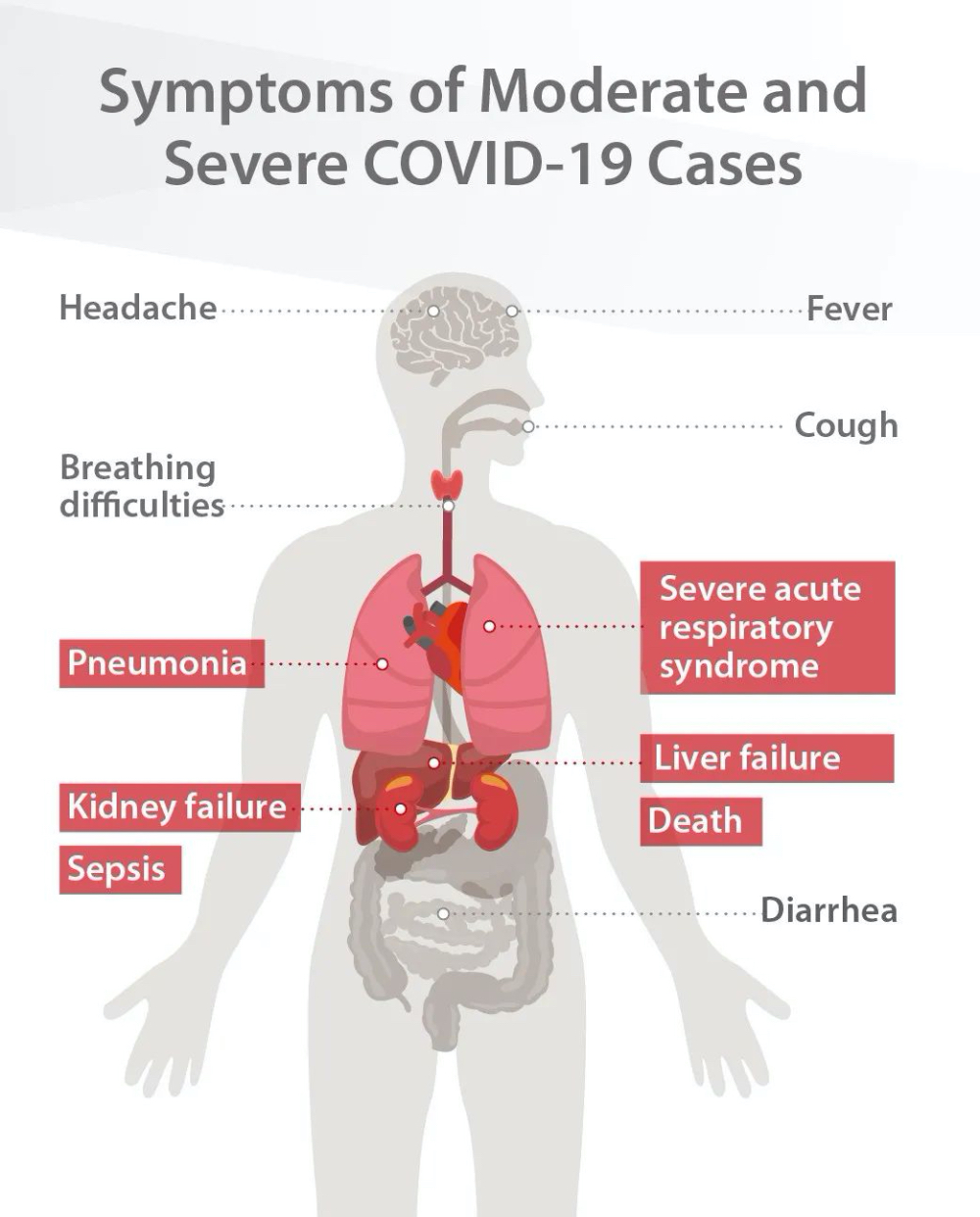
Can the fundamental hematology test provide useful clinical information that can help doctors identify severe illness and improve COVID-19 patients’ management?
A study to explore the possible CBC indicators for severe COVID-19 cases was conducted by our laboratory team at the Jingzhou Central Hospital, Hubei Province, China, a designated hospital for treating COVID-19 patients.182 blood specimens collected from 45 confirmed coronavirus patients were tested for complete blood count (CBC) on Mindray BC-6800 Auto Hematology Analyzer. (Note: This is a retrospective study, in the hope that the result could provide front-line doctors with useful information to identify COVID-19 patients who are more likely to develop severe or even fatal illness.)
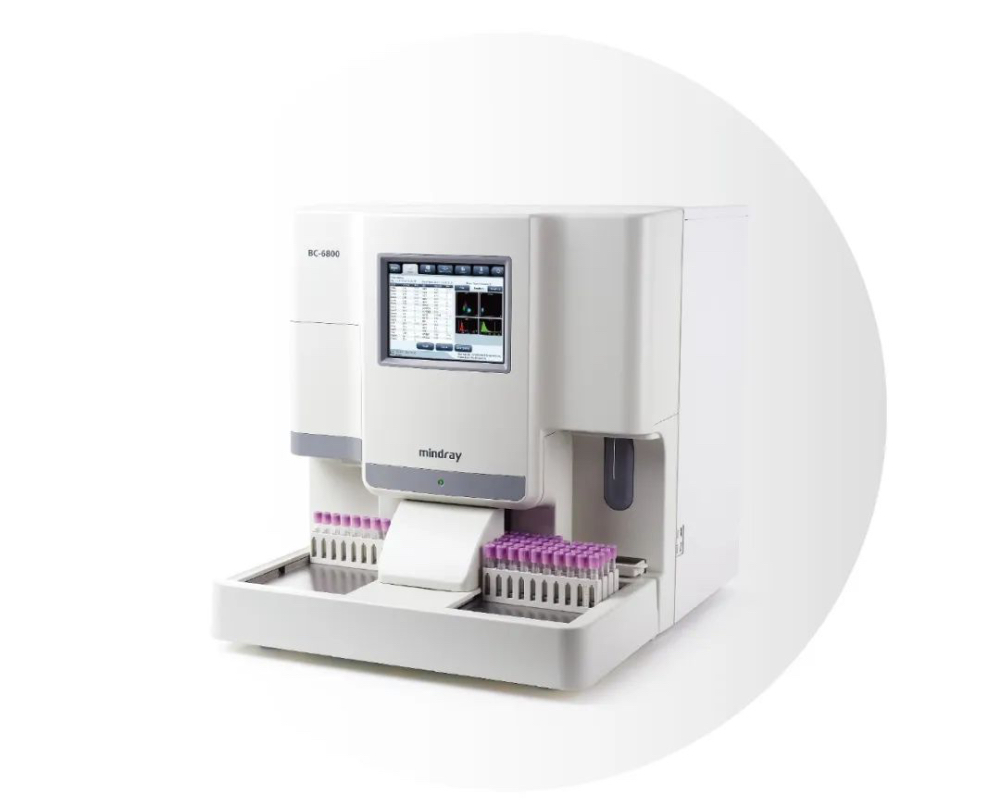
All 182 samples are categorized into 144 moderate case and 38 severe cases based on the patient’s health condition at the time of each sample collection, based on standards from the 6th Edition of the Provisional Criteria for Diagnosis and Treatment of COVID-19, published on 19th February 2020. [2] The difference between CBC results from moderate and severe cases were analyzed, leading to the observation of CBC’s possible value in predicting the deterioration of the patient’s health.
Results
A. From the comparison between CBC tests from moderate and severe cases, it could be concluded that, as the patient’s condition deteriorates, his or her:
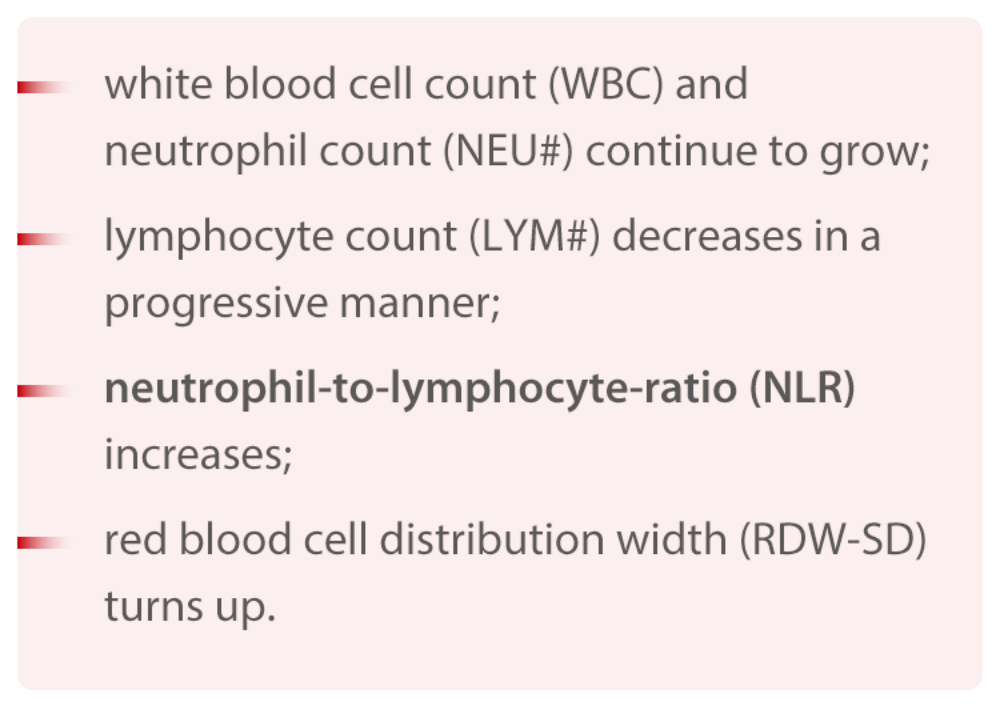
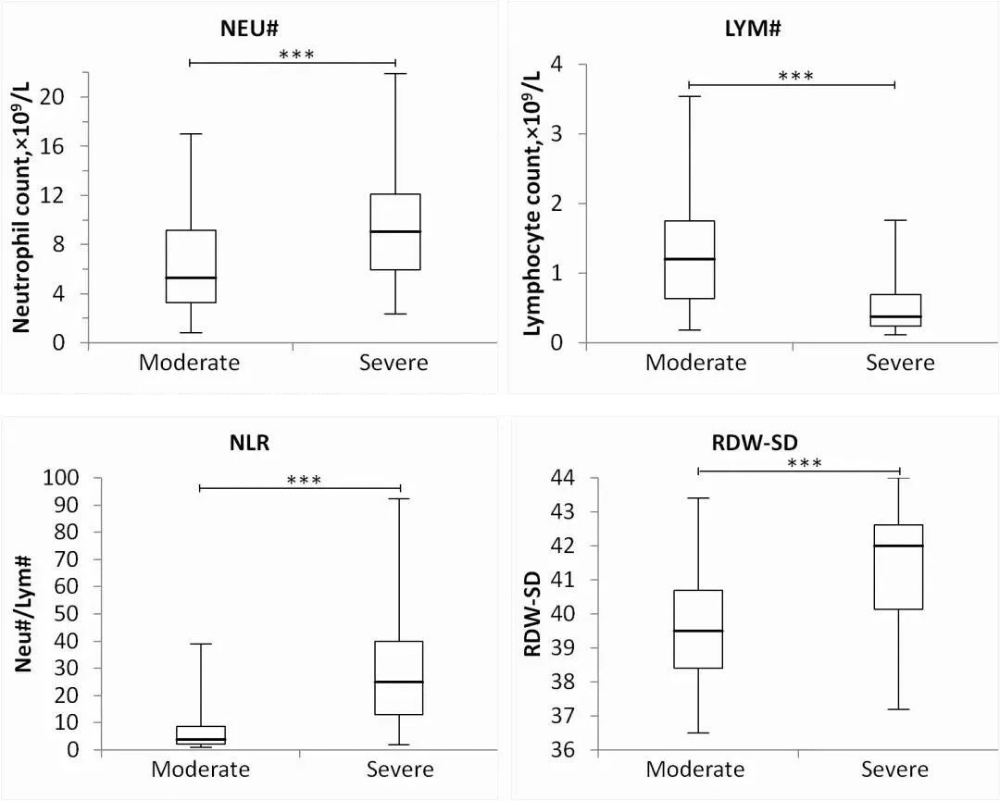
*** indicates that p<0.001
B. CBC parameters can help identify severe COVID-19 patients from moderate ones.
The first diagram below shows the receiver operating characteristic curve (ROC) of differentiating severe COVID-19 cases from moderate ones using hematology parameters. The positive samples demonstrated here are CBC results of severe cases, while the negative samples are those of moderate cases. The results show that NLR is the best single parameter for distinguishing severe cases from moderate ones, with its area under curve (AUC) being 0.89.
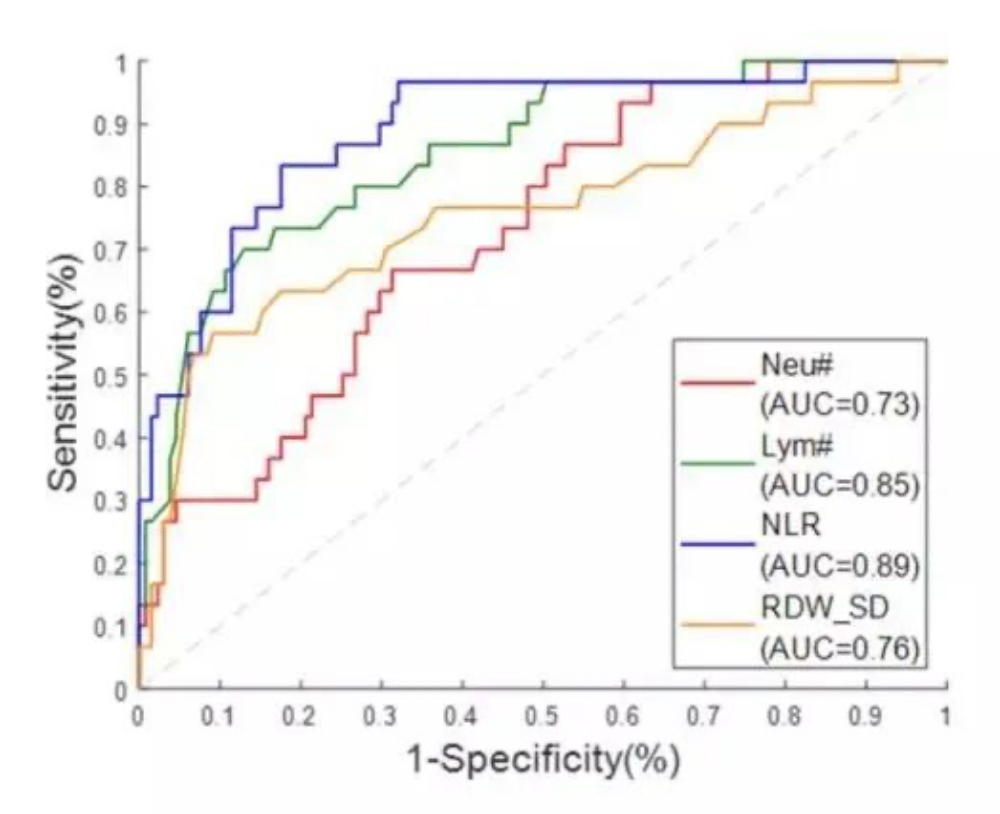
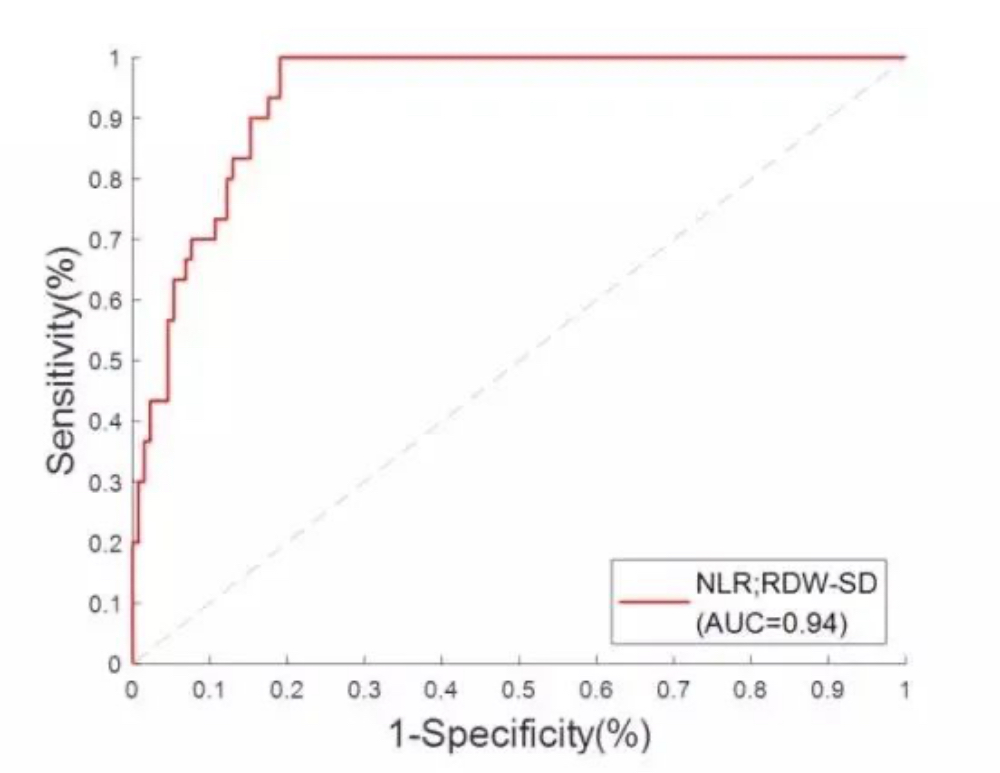
A Receiver Operating Characteristic (ROC) Curve is a way to compare diagnostic tests. It is a plot of the true positive rate against the false positive rate. A ROC plot shows the relationship between sensitivity and specificity. For example, a decrease in sensitivity results in an increase in specificity.
In view of the obvious RDW-SD differences between moderate and severe cases, a linear regression of NLR and RDW-SD is established, with an AUC at 0.94. When the cut-off value is 1.06, the sensitivity of distinguishing moderate cases from severe cases is 90%, and the specificity is 84.7%. That is, when its NLR & RDW-SD result is greater than 1.06, it is highly possible that the patient should be monitored closely in case of further deterioration and admitted to ICU if needed. This result can provide valuable information to facilitate faster, more accurate clinical decisions that leads to improved patient outcomes.
Conclusion
This article studied the changes in CBC test results of 45 COVID-19 patients at different stages. The trend of LYM# is in line with the that described on the 6th Edition of Provisional Criteria for Diagnosis and Treatment of COVID-19. In addition, the research team led by Prof. Nanshan Zhong, member of the Chinese Academy of Engineering and prominent expert in respiratory diseases, has published a study on 1099 COVID-19 cases which shows that the proportional decline of lymphocyte reached 82.1%. [3]
For the NLR parameter, the result of this study corresponds with the trend described in the article, Neutrophil-to-Lymphocyte Ratio Predicts Severe Illness Patients with 2019 Novel Coronavirus in the Early Stage, a preprint published by Beijing Ditan Hospital on the medRxiv platform. [4] The paper points out that NLR can be used as a parameter to give early alert for possible acute health deterioration of COVID-19 patients.
With NLR and RDW-SD results in focus, a linear regression and ROC curve analysis were introduced in order to establish the NLR & RDW-SD parameter as an indicator to identify severe cases. With an AUC reaching 0.94, this parameter can provide useful information to help doctors decide which category the patient should be put into and what corresponding treatment the patient should receive. However, it must be pointed out that this is a retrospective study and its applicability has yet to be validated with more clinical cases.
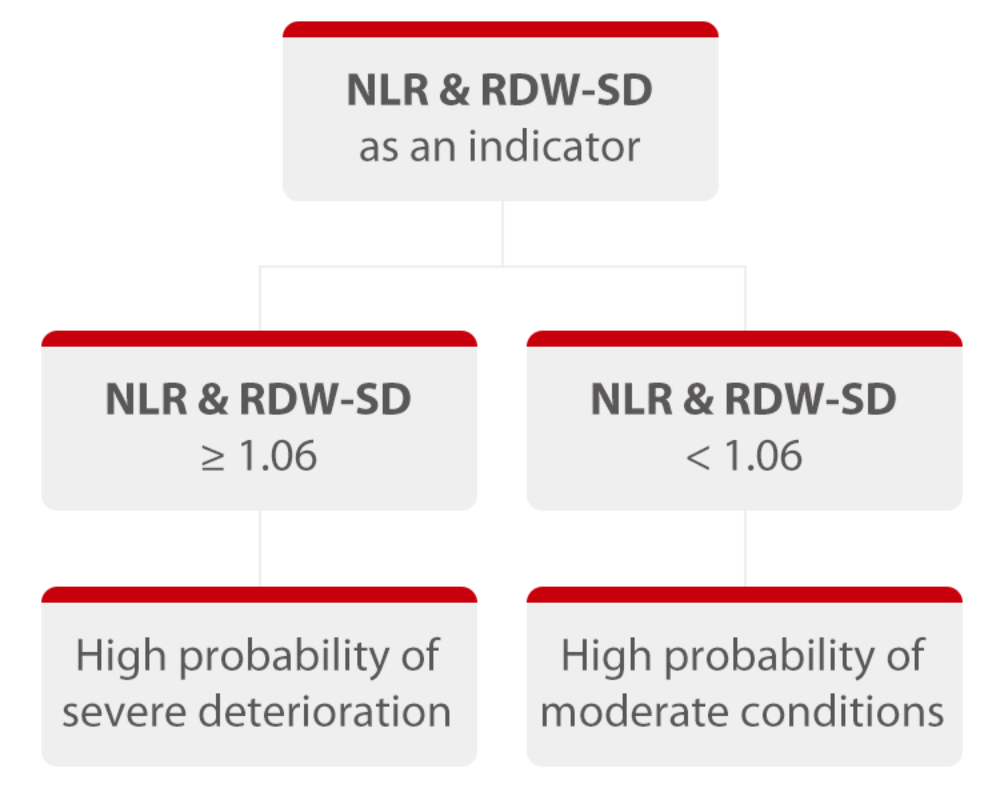
Note: This study has yet to be published. Stay tuned for more information and data.
For another article written by the author, please click the link:
Case Study: CBC&CRP results of a critically ill COVID-19 patient.
About the author

References:
[1]. Johns Hopkins University:
https://www.arcgis.com/apps/opsdashboard/index.html#/bda7594740fd40299423467b48e9ecf6
[2]. Provisional Criteria for Diagnosis and Treatment of COVID-19, the 6th Edition, Office of the National Health Commission (NHC), PRC & National Administration of Traditional Chinese Medicine, published on 19th February 2020.
[3]. Wei-jie Guan, Zheng-yi Ni, Nan-shan Zhong ,et al. Clinical characteristics of 2019 novel coronavirus infection in China [J]. medRxiv preprint doi: https://doi.org/10.1101/2020.02.06.20020974.
[4]. Jingyuan Liu, Yao Liu, Pan Xiang et al. Neutrophil-to-Lymphocyte Ratio Predicts Severe Illness Patients with 2019 Novel Coronavirus in the Early Stage[J]. medRxiv preprint doi: https://doi.org/10.1101/2020.02.10.20021584.

